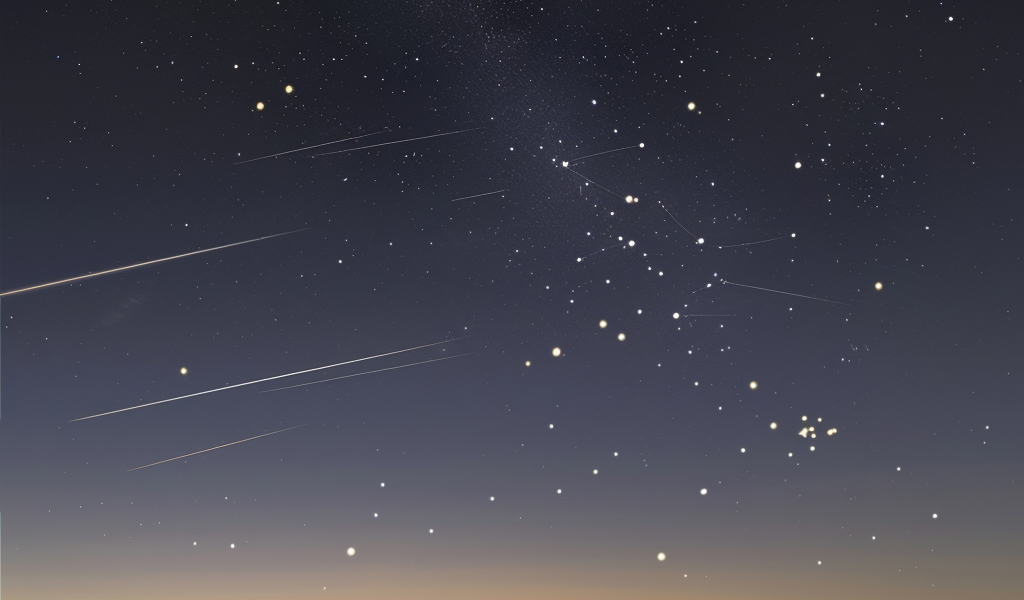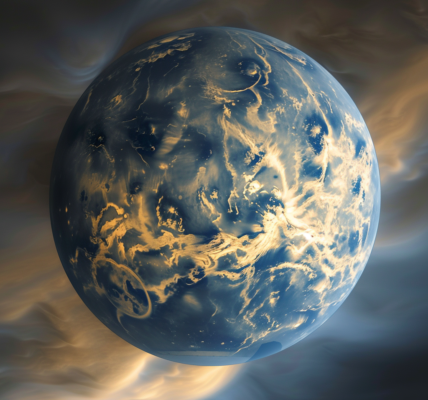This week, the night sky is set to dazzle with celestial events as Earth crosses paths with Halley’s Comet trail and Neptune makes a special appearance. From meteor showers to planetary alignments, there’s plenty to look forward to in the world of astronomy.
The Night Sky This Week: April 29-May 4, 2024
One of the most anticipated events in the sky this week is the peak of the Eta Aquariids meteor shower, which is caused by the famous Halley’s Comet. Running from April 15 to May 27, this meteor shower is set to reach its climax on the night of May 4-5. With the potential to produce up to 50 shooting stars per hour, this celestial display promises to be a spectacular sight for stargazers.
Monday, April 29: Mars And Neptune
Early risers on Monday will be treated to a celestial show featuring Mars and Neptune. By looking east before sunrise, observers may catch a glimpse of both planets in the morning sky. For a special treat, use binoculars to locate the distant planet Neptune, positioned just above Mars.
Wednesday, May 1: Last Quarter Moon
Midweek brings the Last Quarter Moon, a significant event for sky watchers. This phase of the moon, when it is 50% lit and decreasing, rises after midnight, providing a dark sky for enhanced stargazing. With reduced moonlight interference, this is an ideal time to observe star clusters, nebulae, and galaxies using telescopes or binoculars.
Friday, May 3: Moon And Saturn
On Friday, sky gazers can witness a captivating celestial alignment between the waning crescent moon and the majestic planet Saturn. Look towards the eastern sky before sunrise to see the moon positioned less than a degree away from the ringed beauty of Saturn.
Saturday, May 4: Saturn, Moon And Mars
As the weekend begins, early risers can enjoy a stunning sight of the waning crescent moon nestled between Saturn and Mars in the predawn sky. This cosmic trio offers a picturesque view for those willing to wake up early and witness the planetary dance.
Sunday, May 5: Eta Aquariid Meteor Shower Peaks
The highlight of the week culminates on Sunday with the peak of the Eta Aquariid meteor shower. Anticipated to produce around 20 to 30 meteors per hour, this shower may offer a celestial spectacle of up to 50 meteors in optimal conditions. Occurring in moonless skies, this event promises a mesmerizing display for sky watchers.





